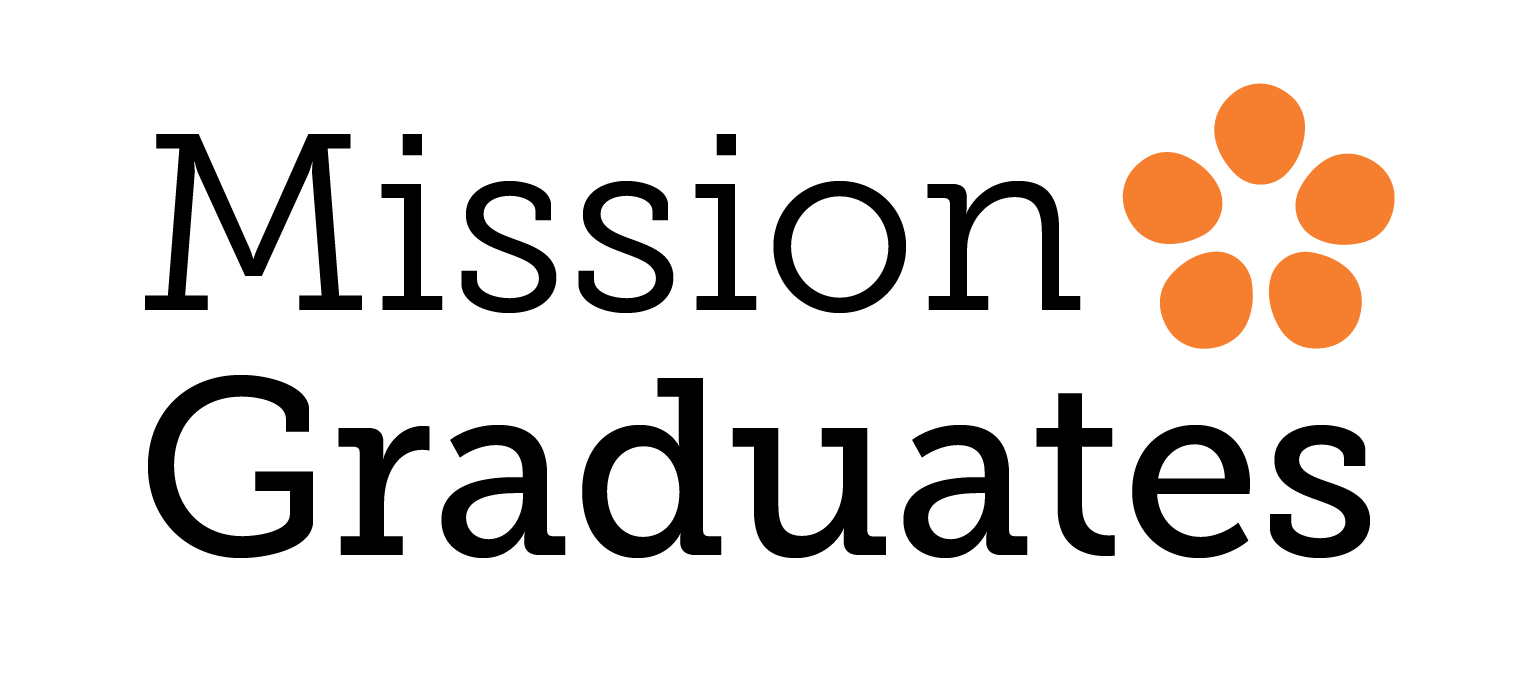4-minutes read
On June 19, President Biden signed a law making Juneteenth a federal holiday, commemorating the end of slavery in the United States. This holiday commemorates when Major General Granger issued General Order No. 3 in Texas in 1865, announcing that “all slaves are free” in accordance with the Emancipation Proclamation.
This legislation comes on the heels of increasingly common nation-wide, open conversations around social justice and anti-racism. One of those conversations centers around critical race theory and how to discuss our nation’s history in schools. Critical race theory provides a foundation for talking about diversity, equity, inclusion, and belonging.
What started off as a theoretical framework in higher academia has now transformed into a subject of national discourse. It’s similar to how when Common Core standards were introduced, they quickly evolved to encompass something beyond the criteria written on paper.
What is critical race theory?
A recent surge of headlines and thought pieces might lead one to believe that critical race theory is a newer concept. In truth it took shape nearly 40 years ago as a legal framework for civil-rights scholars and activists, like Derrick Bell, Kimberlé Crenshaw, Jean Stefancic, and Richard Delgado.
At the most fundamental level, critical race theory (CRT) asserts that racism is a social construct, rather than the sole product of individual biases or prejudices, and that racism continues to pervade our systems and shape our policies. That is, racism continues to shape our society through our institutions.
In practice, it means that one legal reform (or symbolic gesture) does not rectify the years of redlining, displacement from redevelopment, lack of funding for school districts, curricula that promote racist ideals, and barriers to gifted programs that have disproportionately affected people of color. Reform instead happens by challenging the status quo.
As with all instances where the status quo is challenged, that change is met with resistance. It is also important to note that critical race theory is often misrepresented. It does not mean “race or sex stereotyping” or “race or sex scapegoating.” It is simply a method for identifying and working to address problems that affect peoples’ lives. Kimberlé Crenshaw, legal scholar and founding critical race theorist, elaborates:
“When you’re serious about addressing a problem, the last thing you do is punish people for building the tools to see the problem, to analyze the problem, and to develop the capacity to remove the problem. You can’t fix a problem that you can’t name.”
Why are more people talking about critical race theory now?
Critical race theory entered the public spotlight in response to existing social realities and current events.
As grassroots racial justice protests like Black Lives Matter swept across the world last year, they found a natural thought partner in critical race theory. These movements called into question how systemic issues shape our society and how each of us can contribute to a more equitable future by dismantling those racist systems.
One of those systems in need of reform is education, specifically the curriculum and inequities in education. According to the U.S. Census Bureau, only 18% of Latinx adults and 34% of Black adults have a college degree compared to 52% of their white peers. Students from the lowest income families are seven times less likely to earn a bachelor’s degree by the age of 24 than their peers from the highest income families. Simply, students of color, first-generation immigrant families, and low-income students don’t get the same opportunities and support to start and complete higher education degrees as their peers.
As educators, we can support our students better by deepening our understanding of these inequities, asking why they exist, and advocating for change in education. In the day to day, it means providing culturally competent education and fostering a supportive school environment that recognizes students’ experiences.
Critical race theory and discussions of inequities in education are being met with resistance as well. As of June 29, twenty-six state legislatures have introduced bills that limit how educators discuss racism and sexism or ban teaching critical race theory altogether. Six states – Idaho, Iowa, Oklahoma, Texas, and New Hampshire – have already signed these bills into law. While not all of these bills mention critical race theory by name, they do share the same underlying principle – to limit or prevent teaching and training on “divisive concepts.”
Defunding, avoiding, or even censuring these conversations does not erase the past or make systemic racism disappear. As advocates, it’s our responsibility to be vocal and play our part in changing these systems for the better – even if that means being uncomfortable in the process.
Why does critical race theory matter to Mission Graduates?
Critical race theory centers the lived experiences of people of color in conversations . In 2020-2021, 91% of our students and families identified as Black, Latinx, Asian, or Pacific Islander.
Mission Graduates believes in sending more students to and through college. We accomplish this vision by identifying persistent racial inequities in education and supporting our students to work against those systemic biases.
By challenging that inequity, we’re working towards our vision of making college the expectation, not the exception for all San Francisco youth.
